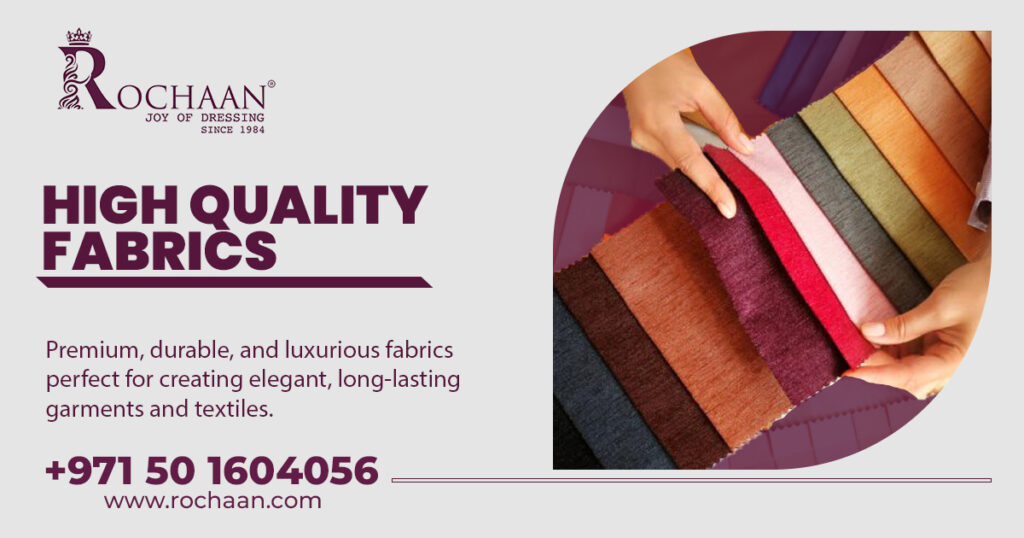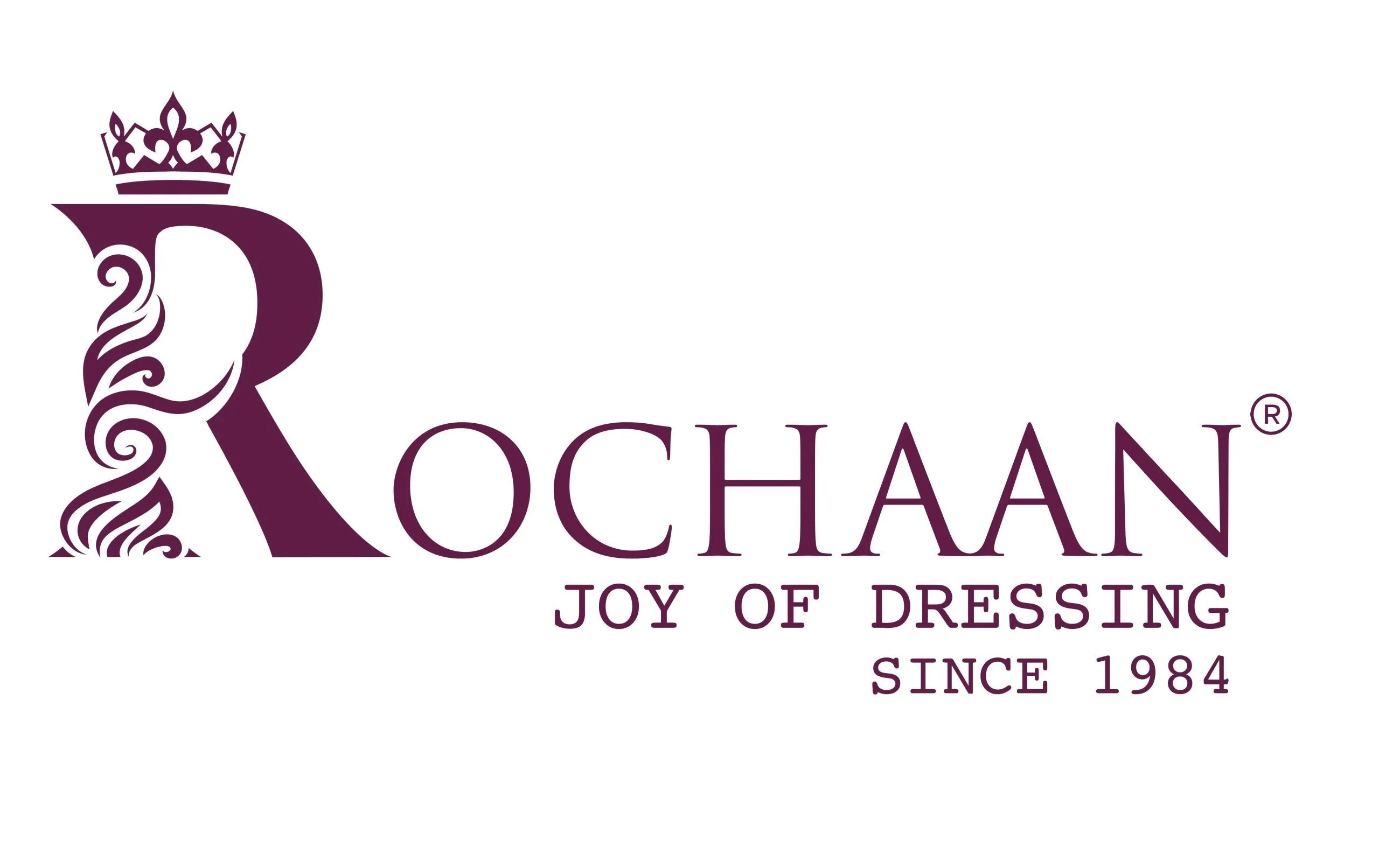A world where people are more aware of their look on the environment made high-quality fabrics selection even more important. The most important aspect of this change is the choice of fabric. Every stage of the fabric production process, from growing organic cotton to using environmentally friendly manufacturing techniques, can significantly impact the environment. Understanding the value of premium fabric improves the comfort and style of clothing and gives us the power to make decently and long-lasting better decisions.

This Guide is your key to finding the best High-Quality Fabric
Explore the high-quality clothing and how it significantly impacts the clothes we wear every day, from the comfort of our t-shirts to the elegance of our evening gowns.
1. Environmental Impact of Fabric Choices
In today’s fashion industry, fabric selections have a major effect on the environment. Choosing quality fabrics from providers of Luxury fabric suppliers who value eco-friendly production methods can greatly reduce pollution and the apparel industry’s carbon footprint. Sustainable textiles like bamboo, organic cotton, and recycled fibers frequently result in lower waste output, lower pesticide requirements, and lower water use during manufacturing. By choosing sustainable textiles, both customers and designers support developing an environmentally conscious business and promote more compassionate methods toward the environment and its people.
2. Durability and Longevity of High-Quality Fabrics
Using Organic fabrics is important for making strong and long-lasting clothes. Buying clothes made with high-quality materials, such as wool or premium cotton, guarantees that the item will not fade even after frequent washings and use. These providers of premium fabrics generally offer materials that hold their texture, color, and shape over time, therefore lowering the frequency of replacements.
3. Comfort and Aesthetic Value
Using high-quality materials has several benefits, including comfort and style. Luxurious fabrics with exceptional hang and wearing comfort, such as wool, silk, and high-thread-count cotton, often improve the clothes fit and look. These eco-friendly fabrics are flexible, which lessens discomfort and increases comfort for the wearer. They look stylish and classy on clothes because of their natural shine and Sustainable textiles, making them perfect for casual and formal clothing.
4. Sustainable Production Practices
From the cultivation of raw resources to the manufacturing stage, the fabric production process has a substantial environmental impact. Many conventional techniques use a lot of water, emit dangerous chemicals, and produce a lot of garbage. Selecting premium textiles from vendors who prioritize environmentally friendly manufacturing methods lessens these negative consequences. Seek sustainable textiles requiring less water during production, avoid harmful chemicals, and produce less trash.
5. Empowering Consumers with Knowledge
Knowing the value of high-quality supplies enables customers to choose apparel with more excellent knowledge and confidence. When people are aware of the advantages provided by providers of luxury fabrics, like comfort, longevity, and less environmental effect, they may choose clothes that complement their ethical principles and sense of style. Understanding the benefits of organic and Sustainable textiles encourages thoughtful consumption and selecting stylish yet ethically made clothes.
Conclusion
Choosing high-quality materials is more than simply a matter of personal style. It represents a commitment to the fashion industry’s durability and moral standards. Luxury fabrics will be essential to lowering the fashion sector’s footprint as we grow mindful of our environmental impact. Additionally, these textiles improve the durability, comfort, and beauty of our clothes and promote more environmentally friendly manufacturing techniques that help the earth and its people.
FAQs
Why are superior materials better for the environment than poor ones?
Since they are created with higher raw materials and in a way that protects the environment, high-quality textiles are frequently more sustainable. Additionally, superior materials may be changed less frequently and usually have longer lifespans, which reduces waste in general. Producers of high-quality materials contribute to a more sustainable fashion industry by using sustainable manufacturing techniques that cut waste, use less water, and avoid dangerous chemicals.
How can I buy high-quality fabrics to make my outfit last longer and be more comfortable?
Wearing clothing made of higher-quality materials adds to its comfort and value. High-quality fabrics that aim to hold their texture, color, and shape during numerous washings and wearings include linen, cotton, and wool. Their power will prevent you from having to replace them as frequently, which will save you money and minimize their environmental impact over time. These materials also have better drapes, are softer, and are more breathable, which makes them more pleasant to wear and enhances the fit and feel of your clothes.
How can I recognize and choose premium fabrics during clothes shopping?
Important characteristics to look for in high-quality materials include texture, weight, and finish. Rich-feeling and long-lasting fabrics are cashmere, silk, and cotton, with a high thread count. Look for information about the origin and production methods of the fabric on the labels; go for organic fabrics and those sourced from reputable luxury fabric suppliers with a track record of sustainable operations. Pay attention to how an item is constructed and finished; well-made clothing often conveys the fabric quality used. Buying clothing from companies committed to ethical and ecological business methods can also assist you in selecting premium, sustainable fabrics.
